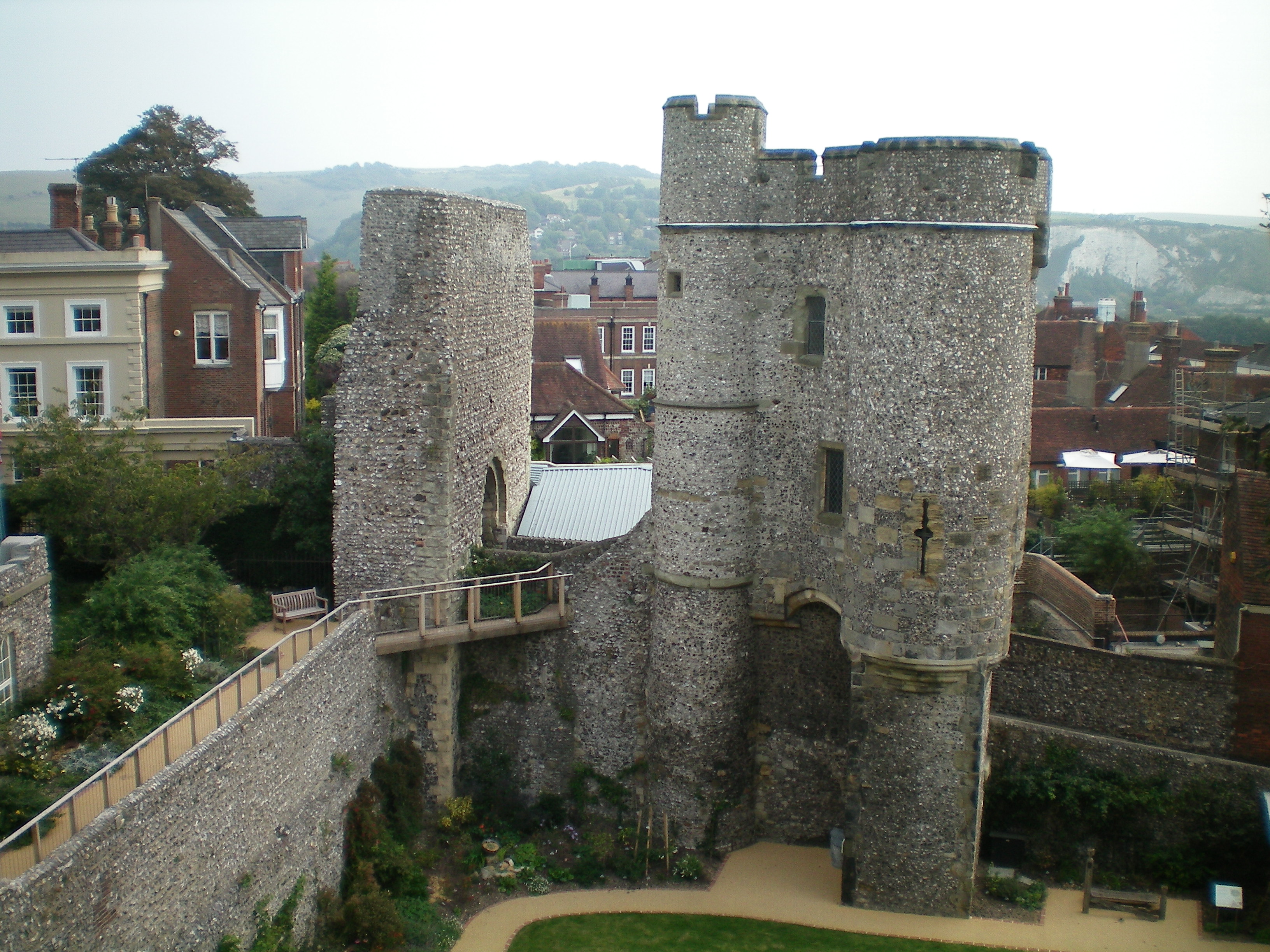Bray Castle on:
[Wikipedia]
[Google]
[Amazon]
Lewes Castle is a medieval castle in the town of
 The castle follows a
The castle follows a
Sussex Archaeological society website
{{authority control Castles in East Sussex Ruins in East Sussex Lewes Museums in East Sussex Archaeological museums in England History museums in East Sussex Grade I listed buildings in East Sussex Motte-and-bailey castles
Lewes
Lewes () is the county town of East Sussex, England. It is the police and judicial centre for all of Sussex and is home to Sussex Police, East Sussex Fire & Rescue Service, Lewes Crown Court and HMP Lewes. The civil parish is the centre of ...
in East Sussex
East Sussex is a ceremonial and non-metropolitan county in South East England on the English Channel coast. It is bordered by Kent to the north and east, West Sussex to the west, and Surrey to the north-west. The largest settlement in East Su ...
, England. Originally called Bray Castle, it occupies a commanding position guarding the gap in the South Downs cut by the River Ouse and occupied by the towns of Lewes and Cliffe. It stands on a man-made mount just to the north of the high street in Lewes, and is constructed from local limestone and flint blocks.
History
motte and bailey
A motte-and-bailey castle is a European fortification with a wooden or stone keep situated on a raised area of ground called a motte, accompanied by a walled courtyard, or Bailey (castle), bailey, surrounded by a protective Rampart (fortification ...
design but, unusually, it has two mottes, and the only other castle in England to have that structure is Lincoln Castle.
The first motte, known as Brack Mount, was completed shortly after the Norman Conquest of England in 1066 and the second motte, known as the Keep, was completed in the late 11th century. Both mottes were built by William de Warenne, 1st Earl of Surrey
William de Warenne, 1st Earl of Surrey, Lord of Lewes, Seigneur de Varennes (died 1088), was a Norman nobleman created Earl of Surrey under William II Rufus. He is among the few known from documents to have fought under William the Conqueror at ...
. The mottes would originally have been surmounted by wooden palisade
A palisade, sometimes called a stakewall or a paling, is typically a fence or defensive wall made from iron or wooden stakes, or tree trunks, and used as a defensive structure or enclosure. Palisades can form a stockade.
Etymology
''Palisade' ...
s but these were replaced with masonry shell keep
A shell keep is a style of medieval fortification, best described as a stone structure circling the top of a motte.
In English castle morphology, shell keeps are perceived as the successors to motte-and-bailey castles, with the wooden fence arou ...
s at the start of the 12th century. The bailey area also had a stone wall with towers.
Soldiers went out from the castle to engage with Simon de Montfort at the Battle of Lewes in 1264.
Towers were added to one of the shell keeps in the 13th century and a barbican
A barbican (from fro, barbacane) is a fortified outpost or fortified gateway, such as at an outer fortifications, defense perimeter of a city or castle, or any tower situated over a gate or bridge which was used for defensive purposes.
Europe ...
gate was added in the 14th century. When the last of the de Warennes, John, the 7th Earl, died without issue in 1347, he was buried in Lewes Priory. His title passed to his nephew Richard FitzAlan, 10th Earl of Arundel.
The castle was leased by Sussex Archaeological Society from 1850, and was acquired by Charles Thomas-Stanford and gifted to the Sussex Archaeological Society
The Sussex Archaeological Society, founded in 1846, is one of the oldest county-based archaeological societies in the UK. A registered self-funding charity whose charitable aims are to enable people to enjoy, learn about and have access to the he ...
in 1922.
Wall collapse
On 11 November 2019 at 12:22 GMT the first alert was raised that a 10m by 10m section of the curtain wall had collapsed onto an adjacent house and garden. Emergency services searched the site but found no casualties. Sussex Archaeological Society said that the wall that collapsed was privately owned and one of the last parts of the curtain wall. They also said that the parts owned by the society were checked independently on an annual basis. The castle was closed as a precaution. The wall was described in a contemporaneous news report as weighing 600 tonnes.See also
* Battle of LewesReferences
External links
Sussex Archaeological society website
{{authority control Castles in East Sussex Ruins in East Sussex Lewes Museums in East Sussex Archaeological museums in England History museums in East Sussex Grade I listed buildings in East Sussex Motte-and-bailey castles